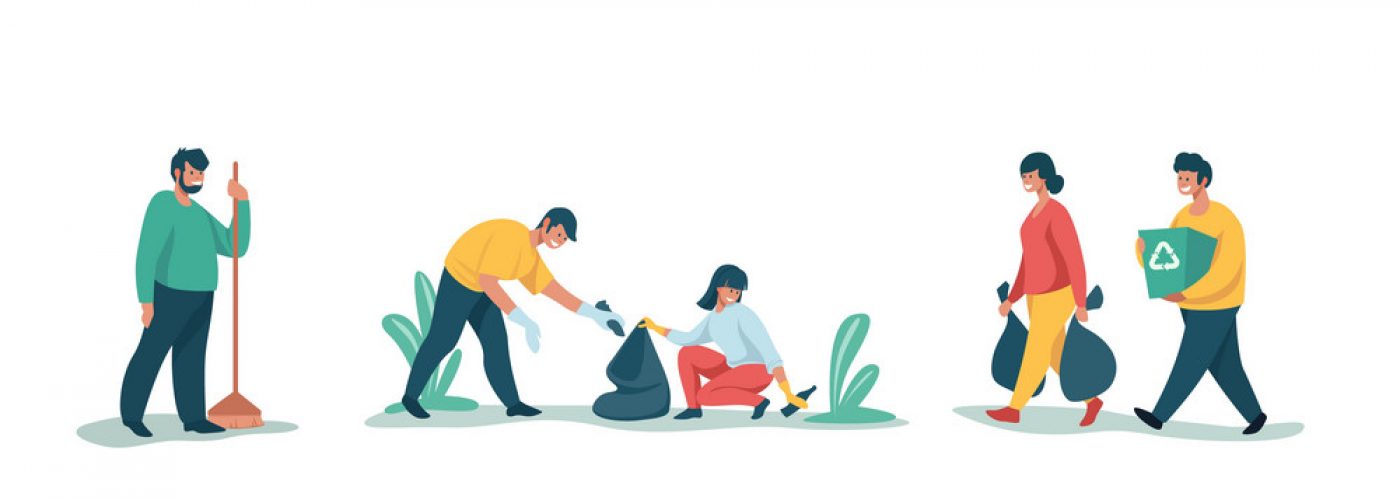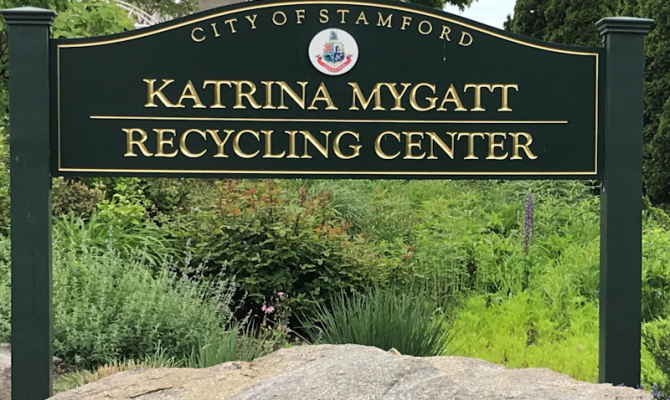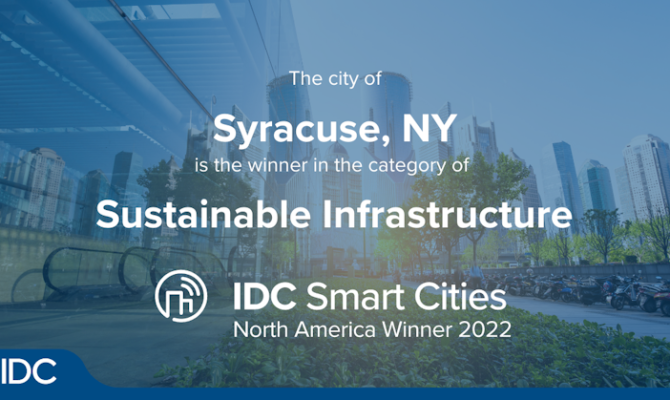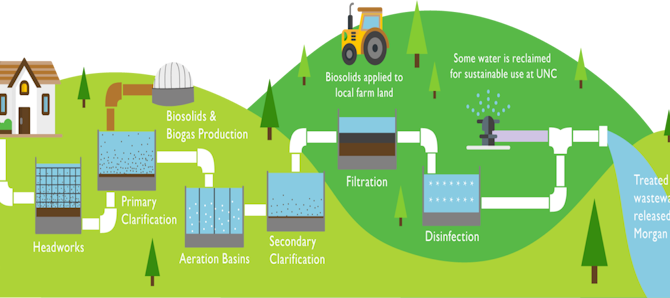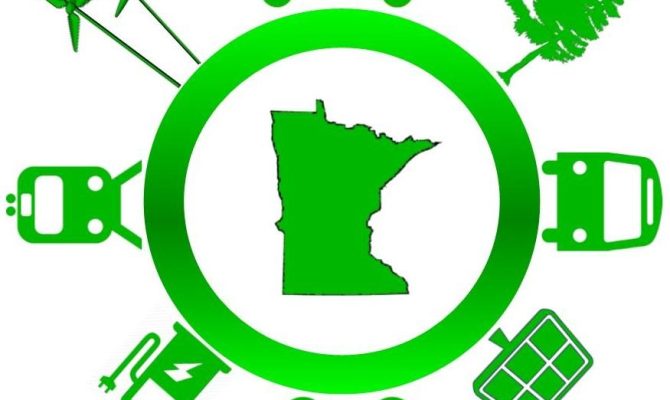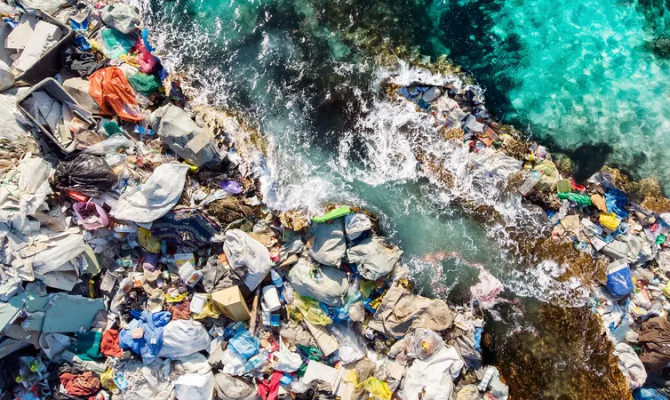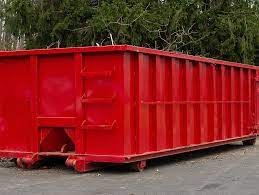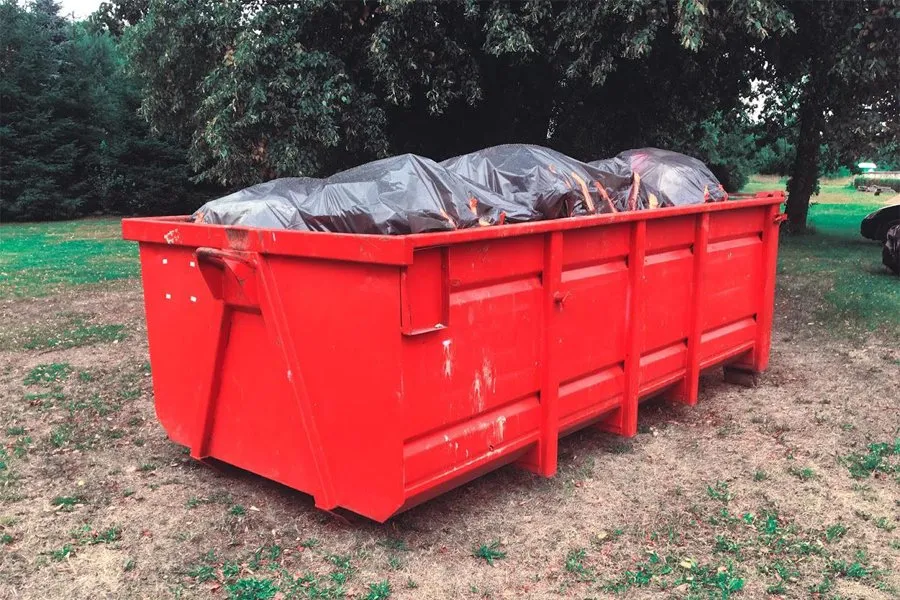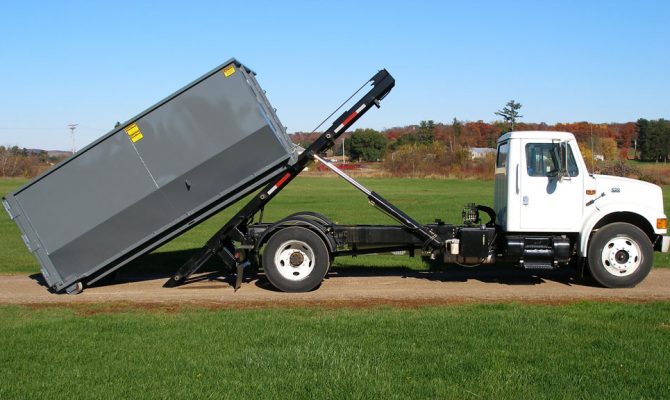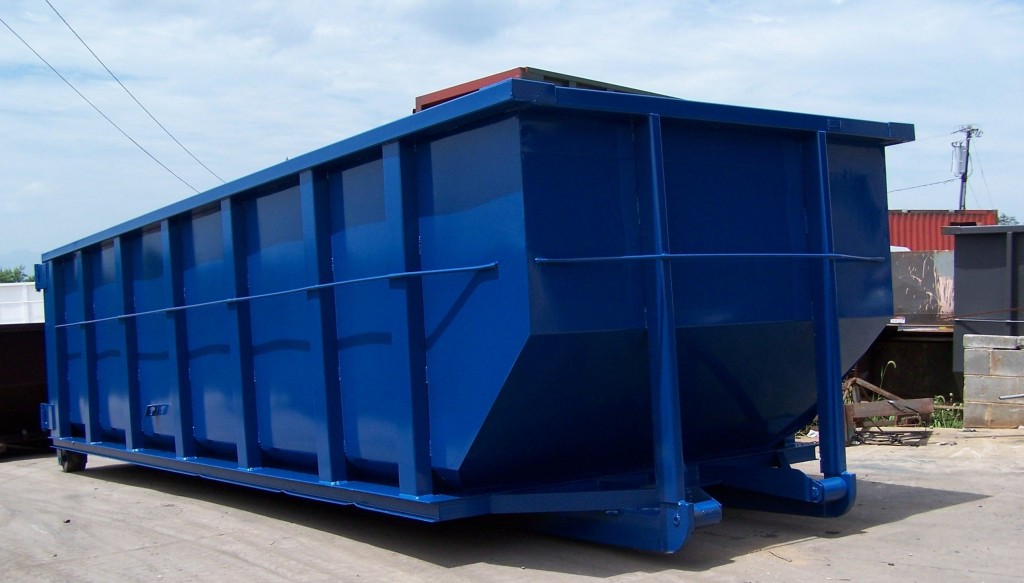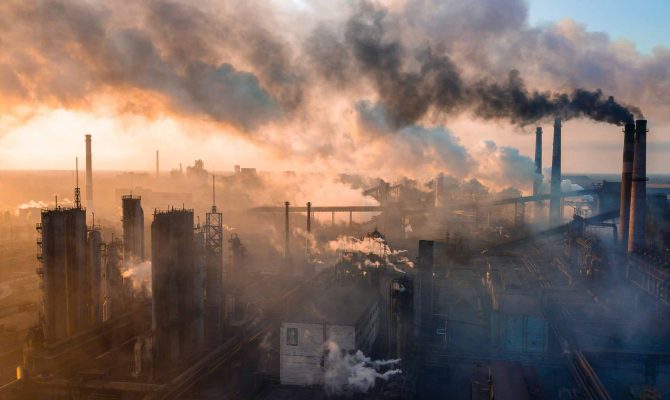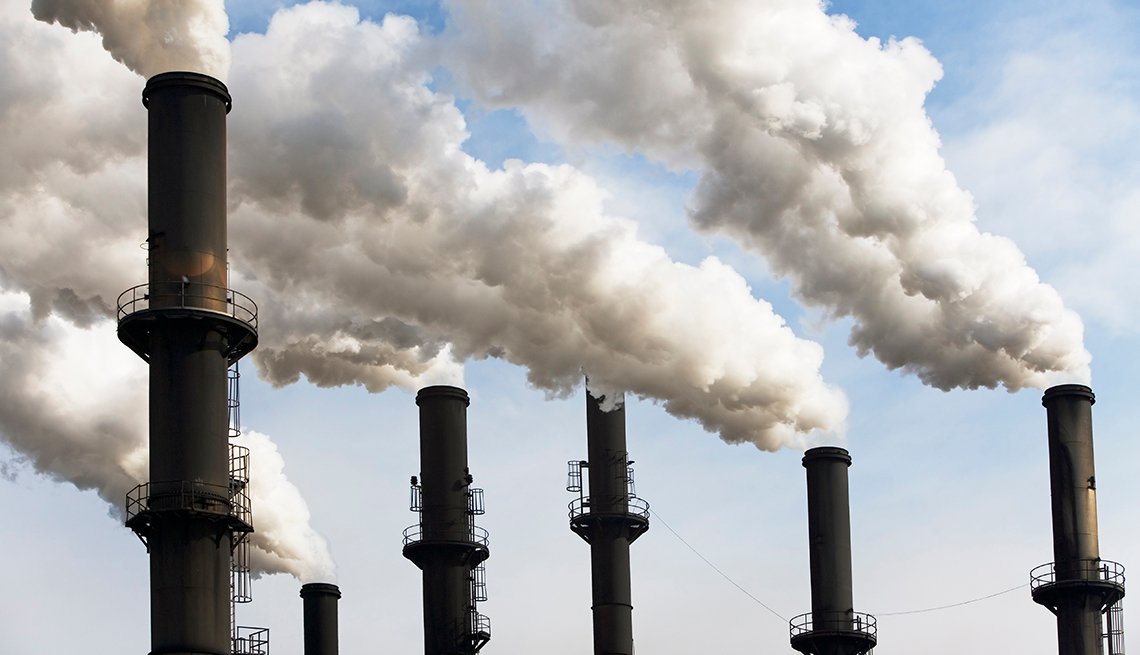Sorting your renovation or construction waste is one of the most effective ways to reduce your overall ecological footprint.
Diverting 70% of its demolition, renovation and construction waste, which is the government of Connecticut’s objective, makes it possible to significantly reduce the share of greenhouse gases resulting from the landfilling and incineration of our waste. You will contribute not only to the reduction of landfilling of construction site residues and emissions but also to the reduction of environmental contamination through the safe elimination of hazardous household waste.
Entrust the management of renovation waste to a recycling company
A company specializing in the management of demolition, construction and renovation waste (transporter, container) can help you divert residual materials linked to a renovation site. You will thus participate in substantially reducing overall GHG emissions.
During the planning phase:
- Identify the materials you will need for your project;
- Evaluate the residue or debris that will be generated by the demolition and renovation work;
- Identify waste management resources in your region.
Hire a recycling company (transporter, container) which ensures the transport of renovation waste to a sorting center and which guarantees a minimum recycling rate (ideally more than
60%). Did you know that several companies that rent containers in New Haven provide, at the customer’s request, a certificate indicating the recycling rate of the materials found there?
These companies offer a turnkey service that includes container delivery and transportation of materials to their sorting center. Take the time to shop around to find a company that can guarantee a minimum rate of 80% recycled generated materials. Consult our directory of recycling companies and construction site waste sorting and recovery professionals to find a service in your area.
Bring renovation waste to a sorting center, an ecocenter or a recycler
There are numerous resources to help you divert residual materials linked to a renovation project. If it is possible for you, avoid hiring a professional to manage your waste by taking it yourself to the sorting center nearest to you. This option is more economical but will require additional work and time. In addition, you will need to think about the space needed for storing waste while waiting for transport to the sorting center or ecocenter.
To find the sorting center closest to you or the one attached to your municipality like New Haven, contact the municipality concerned directly or consult a directory to find a recycler or a container rental service. Certain materials can also be given to a materials supplier recovered such as RECO.
Why sort waste
Each ton of waste sent to the landfill is responsible for emitting nearly a ton and a half of greenhouse gases! One of the most effective ways to reduce your ecological footprint is to divert various renovation materials from landfills.
For example, the complete renovation of a triplex can generate nearly 55 tons of residual materials – concrete, bitumen, cement, stones and bricks, ferrous and non-ferrous metals, wood, gypsum panels, asphalt shingles, plastic packaging, paper and cardboard, etc. By adopting good management of renovation waste, it would be possible to reduce GHG emissions attributable to residual materials from such a renovation project by approximately 43 tonnes.
Going further, we can also cite the example of a deconstruction project in New Haven which made it possible to reuse 70% of the materials from an old building, enormously reducing the quantities sent to the ecocenter and landfill.
Did you know that burying organic matter like wood contributes to climate change? The decomposition of wood in a forest is very different from its decomposition in a landfill. The lack of oxygen which characterizes this environment encourages so-called anaerobic decomposition (without oxygen), which results in a strong emission of methane. However, methane has an impact on global warming that is forty times greater than that of carbon dioxide (CO2).
The decomposition of plasterboard is just as problematic, since it can contaminate the water table and cause fumes of hydrogen sulfide, a toxic compound that smells like rotten eggs. Certain residues such as solvents, paints or glues are very toxic. Despite their small volume, they must be disposed of safely to prevent them from contaminating the environment.
Finally, waste represents great opportunities for technological development and job creation. According to the Ministry of Sustainable Development, Environment and Parks, a ton of recovered material creates ten times more jobs than a ton of eliminated material.
Reuse of materials on site
Preserve interesting and salvageable elements of the home: the character and appeal of reused elements is unmatched. Period doors and moldings, cabinets, hardwood floors, stained glass, wrought iron railings and balconies. If you are lucky enough to have interesting architectural elements in your home, evaluate the value of keeping them.
According to Connecticut junk disposal specialists at New Haven Dumpster Rental Bros, an important caveat is in order: the presence of lead in old paint is a serious problem that should guide your reuse efforts. Don’t want to lose your beautiful woodwork? Send them to a stripping shop. The rooms will retain a period charm.
Diversion of residual materials
- Plasterboard (gypsum): return them to the municipal sorting center or to Recyc-Gypse. The plaster will be used in the manufacture of fertilizer, litter, acoustic sealant and thermal insulation. From one ton, a pickup service is available in Connecticut.
- Plaster on wood slats: If it is a house built before 1975, the plaster is most likely covered in paint, which may contain lead, and therefore cannot be salvaged. If in doubt, separate the wood from the plaster and the wood can be recycled.
- Wood (parts and scraps, plywood panels, panels, trees, branches): take wood in bulk to the municipal sorting center. It will be sent to companies who will transform it into plywood panels, molded chipboard pallets, briquettes for fireplaces, litter, fuel pellets, mulch and even acoustic panels.
- Aggregates (brick, gravel, concrete, asphalt) and asphalt shingles: transport the aggregates in bulk to the municipal sorting center. Each year, between 170,000 and 200,000 tons of asphalt shingles are removed from roofs and placed in landfills. Bellemare recycling recycles aggregates. Preventing asphalt shingles from ending up in landfills represents a significant environmental benefit.
- Hazardous household waste (HHW): Compact fluorescent lamps and fluorescents – in ecocenters, IKEA, Home Depot, Réno-Dépôt and RONA stores. Leftover paint and their containers; in municipal depots, ecocenters, at construction material retailers.
Unfortunately, it is normal that not all waste can be recycled (moldy carpet for example…) and that it must therefore go to the landfill site. Note that moldy wood can be recycled (contact the Ecocenter or the sorting center).
